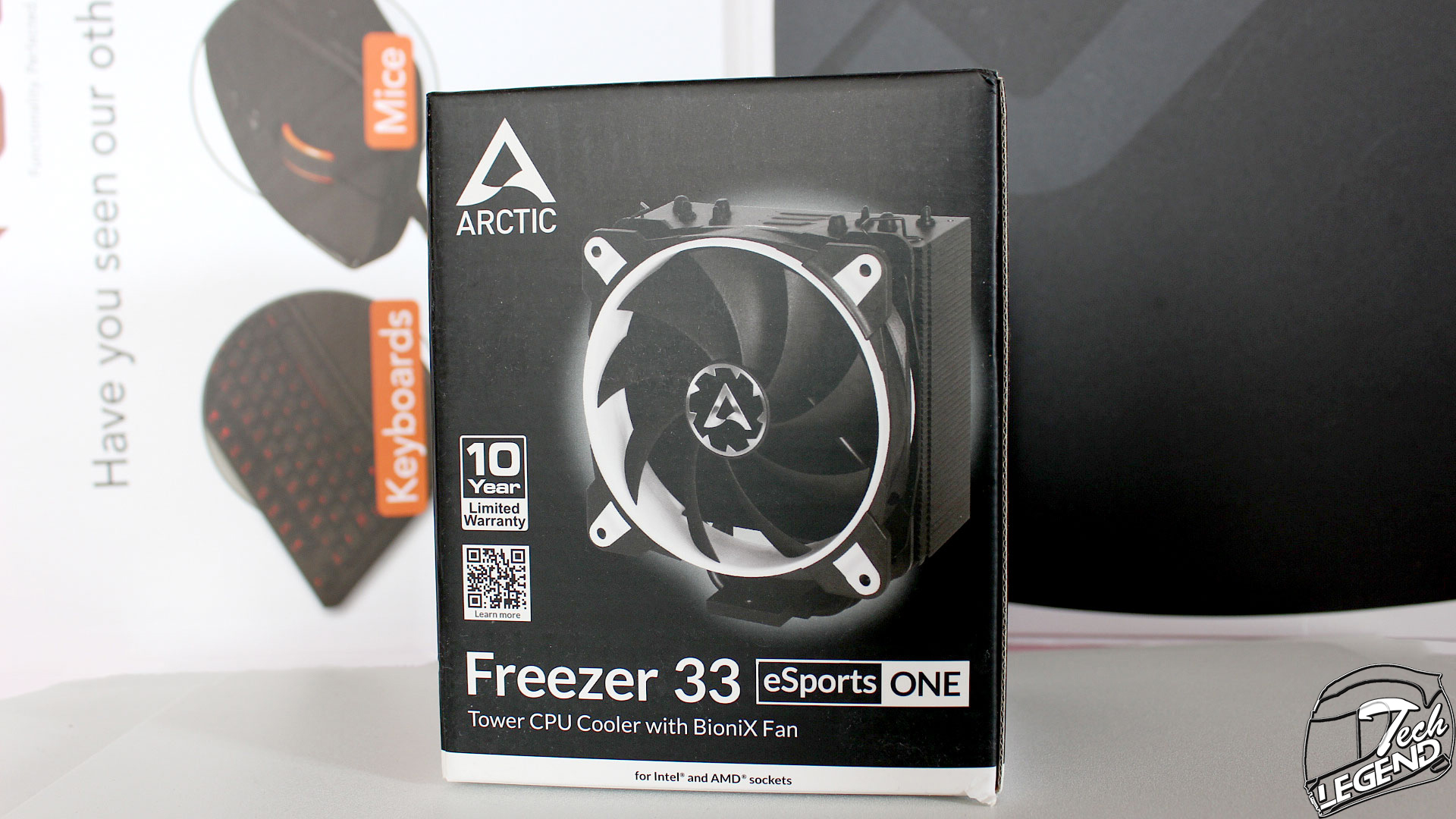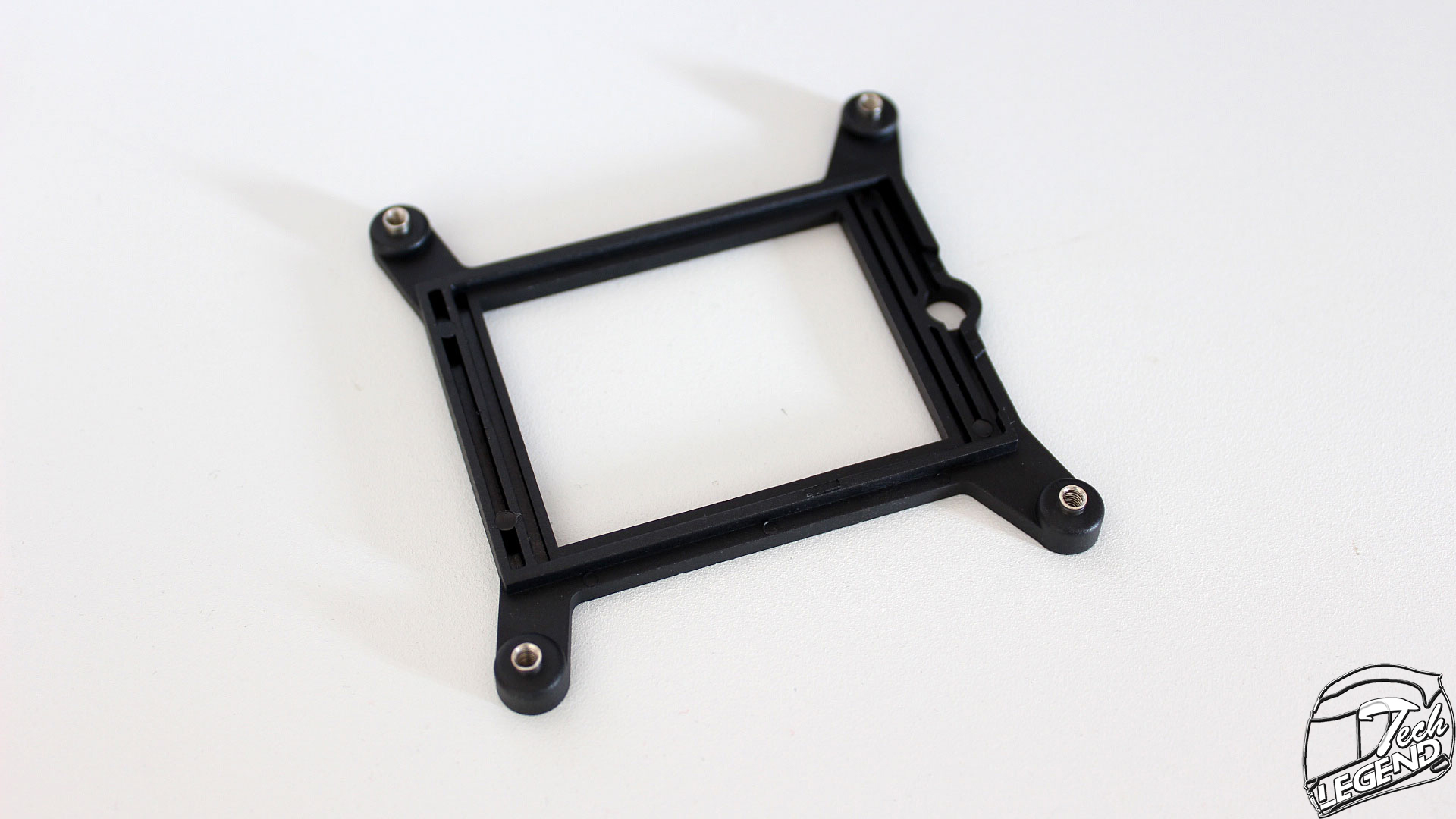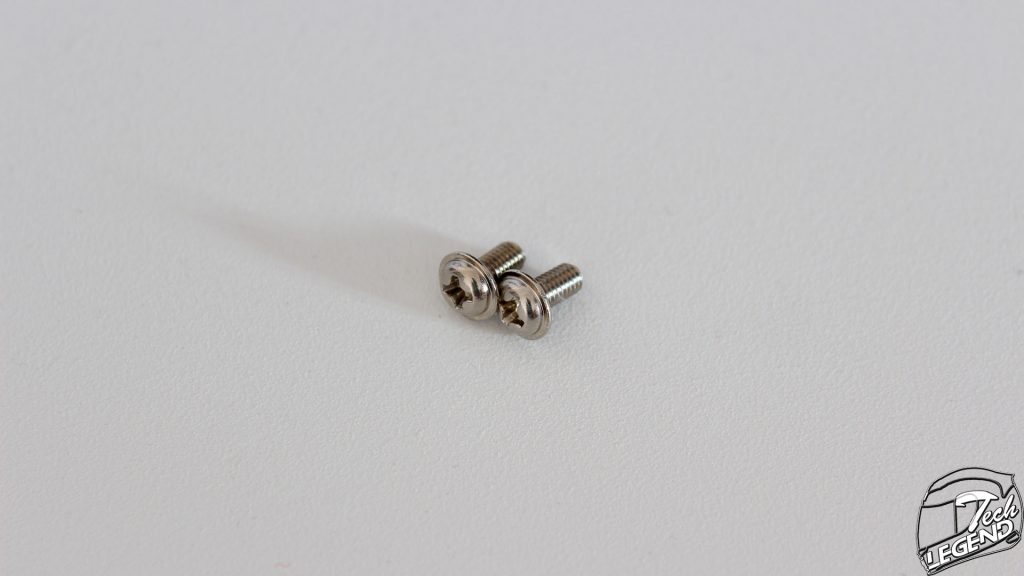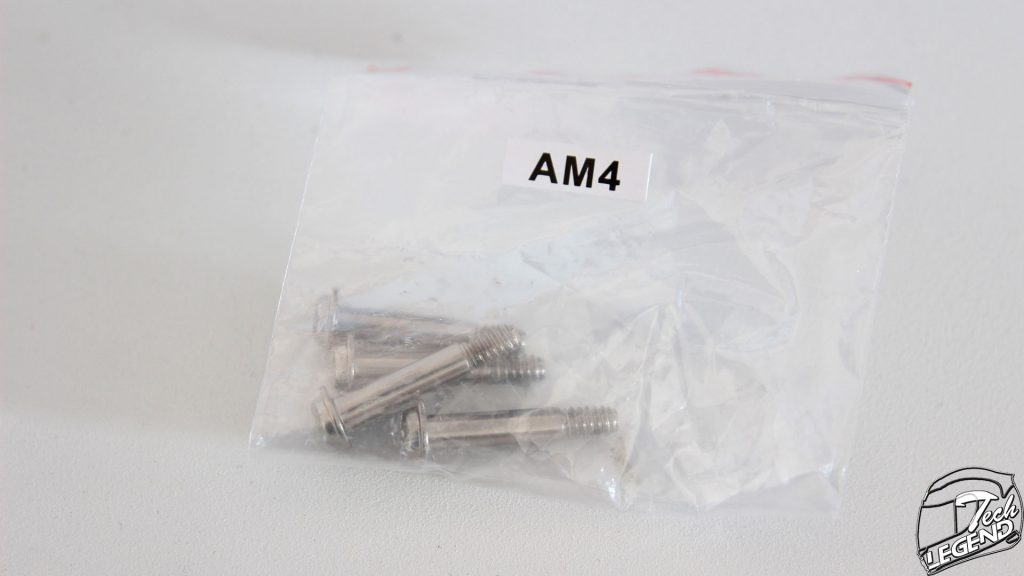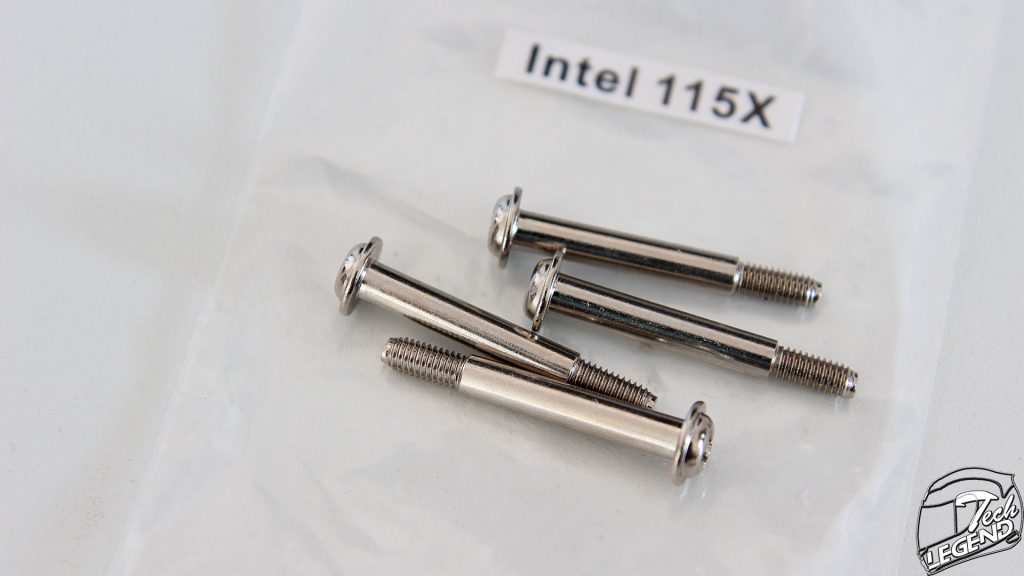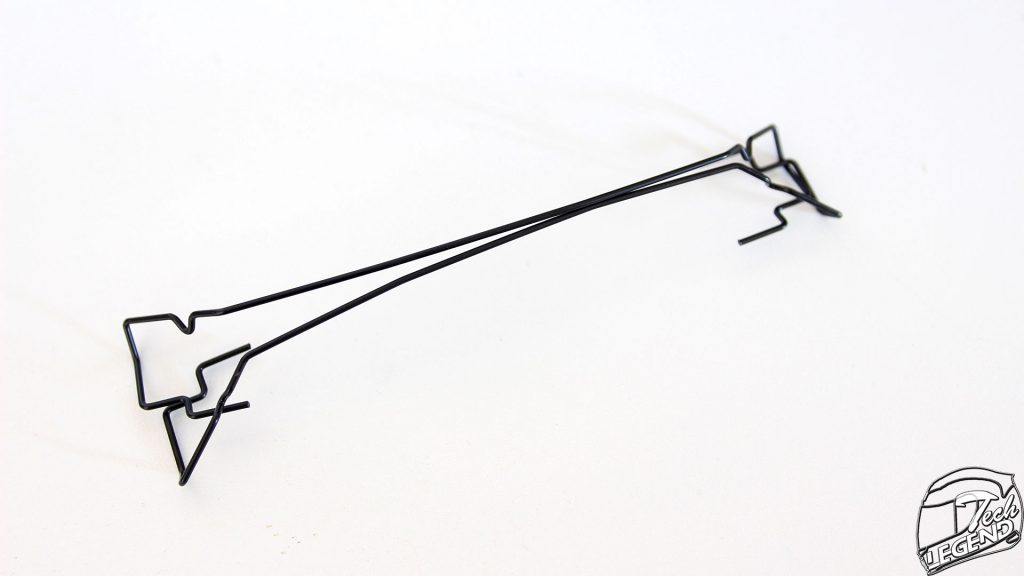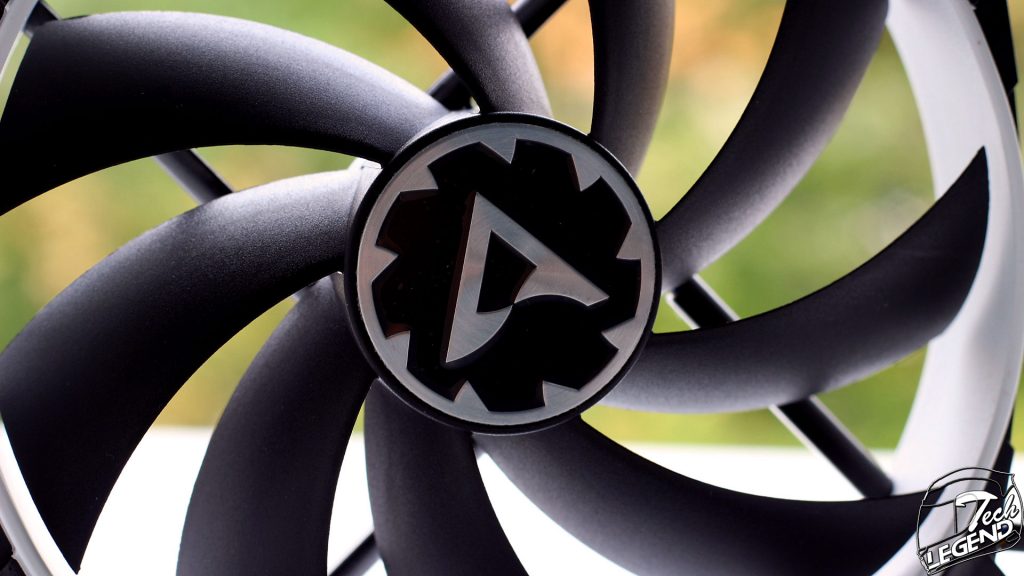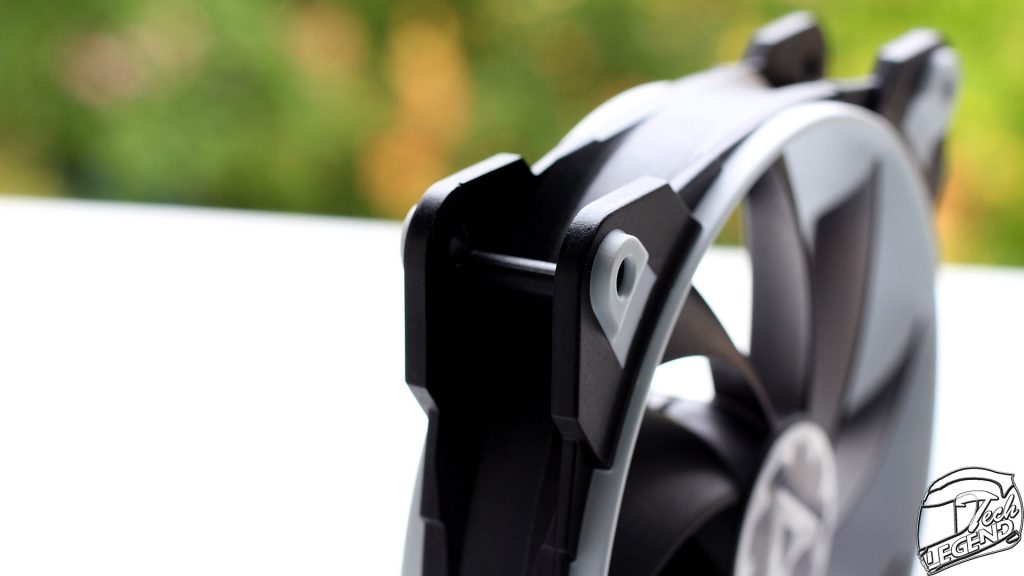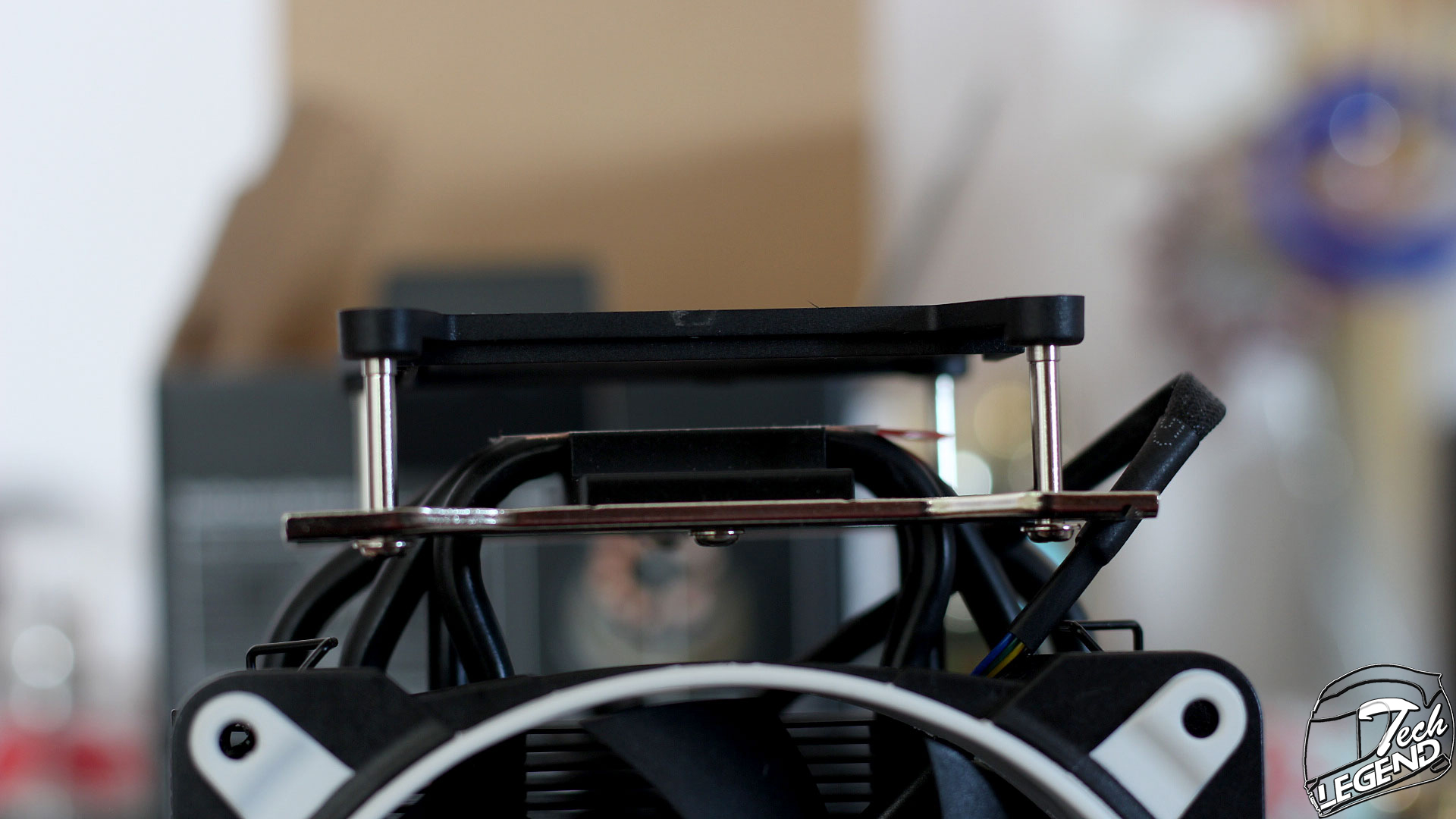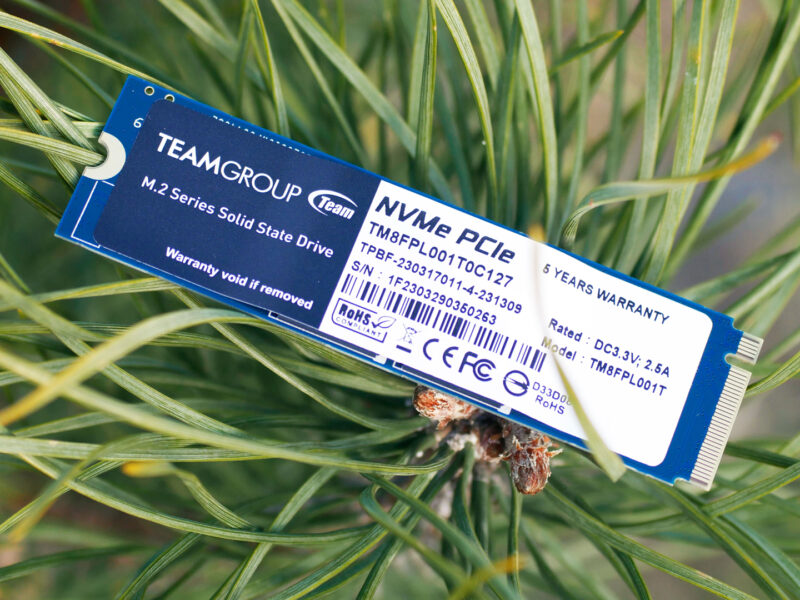
Introduction
ARCTIC initiated the trend towards quiet cooling systems for desktop PCs in 2001 and has given distinction to it ever since. Today ARCTIC is one of the leading manufacturers in computer cooling and has acquired profound knowhow in consumer electronics.
Up until 2009, ARCTIC COOLING focused solely on cooling solutions. In 2010, we became ARCTIC with the additional aim to provide a comprehensive set of innovative consumer electronics and peripherals. ARCTIC’s long term goal is nothing less than being present in everybody’s home.

Official product link:
https://www.arctic.ac/eu_en/freezer-33-esports-one.html
Packaging and accessories
The cooler is packaged in a colored cardboard box. The front side is occupied by an overview image of the cooler, while on the upper left corner there is the manufacturer’s logo, in addition, lower we have a few features of the product presented. On the lower side alongside the name of the cooler there is also the model of the fan that is included in the package.
The back side of the box presents the main features of the cooler and the included fan.
The sides of the packaging presents the full specifications of the cooler in seven different languages alongside a color diagram of the installation process of the cooler.
Accessories
The product comes with the following accessories:
– 1x Manual QR Card
– 1x Backplate
– 4x Rubber fan spacers
– 1x MX-4 (0.8g) Thermal compound
– 2x Fan clips
– 2x Mounting brackets
– 2x Small screws (For brackets)
– 4x AM4 Screws
– 4x Intel 115X Screws
– 4x Intel 2066 & 2011
Specifications
Model: ACFRE00043A
Supported sockets:
Intel: Socket LGA1150, Socket LGA1151, Socket LGA1155, Socket LGA1156, Socket LGA2011 / 2011-v3, Socket LGA2066.
AMD: Socket AM4.
Max. Cooling Capacity: 320 Watts
Recommended for TDP up to: 200 Watts
Heatsink:
Materials: Copper (base and heat-pipes), aluminium (cooling fins), soldered joints
Dimensions: 123 x 150 x 88 mm (including fan)
Heatpipes: 4x – Ø6 mm
Weight: 676 g including fan
Fan(s):
Model: BioniX F120
Dimensions: 120 x 120 x 27 mm
Bearing type: Fluid Dynamic Bearing
Rotational Speed (+/- 10%): 200 – 1800 rpm (±10%) (PWM-controlled)
Airflow: 69 CFM
Static pressure: 117 m3/h
Acoustical Noise: 0.5 Sone
Connector: 4-Pin PWM
Warranty: 10 Years
Features:
– Thermal Coating: A newly developed thermal coating creates micro-turbulences with a special surface structure. Combined with offset heat pipes this leads to an optimised heat-dissipation and to an increased cooling performance.
– Maximum Performance for Highest-End CPUs: The contact surface of the Freezer 33 eSports ONE heatpipes does not cover the full protection cap, but, more importantly, are right where the processor DIE is and cover even the largest versions (18 core) completely. This leads to maximum performance.
– Wide Range of Regulation: With the range of 200 to 1800 RPM the fan of the Freezer 33 eSports ONE and other fans are controllable in one setting thanks for ARCTIC’s PST (PWM Sharing Technology) to keep the overall noise level minimal yet the cooling performance as needed.
– 4x Longer Life Span: 10 °C lower motor temperature doubles the life span. The BioniX gaming fans have four times longer service life through low coil temperature. Therefore, we extend the warranty to 10 years.
– Optimal Compatibility: Fast and easy to install and extremely reliable, the different mounting systems are compatible with Intel and AMD sockets. Thanks to a backplate and a significantly lower weight compared to the i30, the Freezer 33 eSports ONE is not only fool-proof to install, but also absolutely transport safe.
Visual inspection
The Freezer 33 eSports One cooler uses a four heatpipe configuration, each measuring 6mm in diameter. The included fan in the case of the eSports One model is part of the brand-new Arctic BioniX series, model F120 which has a rotating speed of 200 and 1800RPM (+/- 10%).
The heatsink uses 50 black aluminum fins that are shaped on the edges to better direct the airflow through the heatsink. In addition, the design of the fin’s edges helps to maintain the shape and integrity of the heatsink overall.
The cooler uses four copper heatpipes, each measures 6mm in diameter, these are arranged in the now traditional U shape to facilitate heat transfer.
The base of the cooler is made out of copper and it is composed out of the four heatpipes of the cooler, thus there is direct contact between the CPU surface and the heatpipes of the cooler.
The top part of the cooler has a simple design composed out of perforations into the top plate alongside the slots for the metallic clips of the included fan. The ends of the heatpipes are not uniform due to the manufacturing process.
The fan included with the cooler is part of the brand-new series from Arctic, the BioniX, the fan is model F120 and has the following dimensions: 120mm x 120mm x 27mm and a variable speed between 200 RPM and 1800RPM with a deviation of +/- 10%. The fan uses a four Pin power connector and has an integrated splitter for a second fan, in addition, the fan features a PWM (Pulse-width modulation) feature.
Testing
The following system was used to test the cooler:
– Processor: Intel i5 4690K @ 3.9 GHz and overclocked to 4.5 GHz
– Motherboard: MSI Z97 Gaming 9 ACK
– RAM: Crucial Ballistix Tactical 16GB DDR3 @ 2133MHz
– GPU: GeForce GTX 1070 Founder’s Edition
– SSD: Samsung 840 EVO 120GB
– HDD: WD 1 TB Blue
– PSU: SeaSonic Snow Silent 750W
– Case: Phanteks Enthoo Luxe White
– Thermal compound: Arctic Cooling MX-4
[EN] Software used for testing the cooler:
– AIDA64 Extreme Version: 5.97.4600 (Mar 28, 2018)
– Intel Burn Test v2.54
– Prime95 29.1
[EN] The cooler was tested with the CPU at the default turbo frequency of 3.9 GHz and overclocked to 4.5 GHz with a core voltage of 1.187 V.
Also, the included fans have been used at their maximum speed.
The room temperature was approximately 26°C (78°F), with 2°C margin of error.
The idle test consists of the CPU sitting idle at the desktop for 30 minutes, the temperature was measured at the end of the test.
The settings of the software used are the following:
Intel Burn Test v2.54 – Stress level: Maximum
Prime95 29.1- small FFT
AIDA64 Extreme Version – Temperature monitoring.
Each test was conducted for 40 minutes.
The test results are as follows:
Idle
Full Load
The noise level was measured at three different distances from the fans (10cm, 20cm, 30cm.) the noise was measured with a margin of error of ± 5 db.
The cooler offers a good RAM compatibility due to the shape of the heatsink, this makes the fan not cover the RAM slots of the motherboard while also offering a good amount of space for the first PCIe Slot near the CPU socket.
The mounting system is simple and easy to install, being composed out of just four main components. However, this system does not benefit from a way of limiting pressure exercised on the CPU surface and socket. This poses a problem in the case of CPUs with thinner PCB such as the Skylake series. In order to avoid any problems, it is recommended to tighten the screws in an cross pattern to evenly distribute the pressure. This can be solved with ease with some springs are added to the whole assembly.
Final thoughts
The Freezer 33 eSports One model is capable of cooling processor with a TDP up to 320W, however the manufacturer recommends using the cooler with CPUs that have a maximum TDP of 200W.
The performance of the cooler is good especially when taken into account the number of heatpipes and the size of the heatsink, it is comparable with cooling systems that are higher priced. The sound generated by the included 120mm fan does not go over 33db at its maximum rotational speed. In addition, Arctic includes additional clips for installing another fan to the cooler.
In conclusion, the Arctic Freezer 33 eSports One offers a good price to performance ratio, the build quality is very good and the included fan does its job while also being silent. The cooler is available in four color options in both single and dual fan configurations, the latter being more expensive.
The mounting system is simple, however in the future it can be improved with either a set of springs or a limiter to evenly distribute the pressure on the surface of the CPU.


